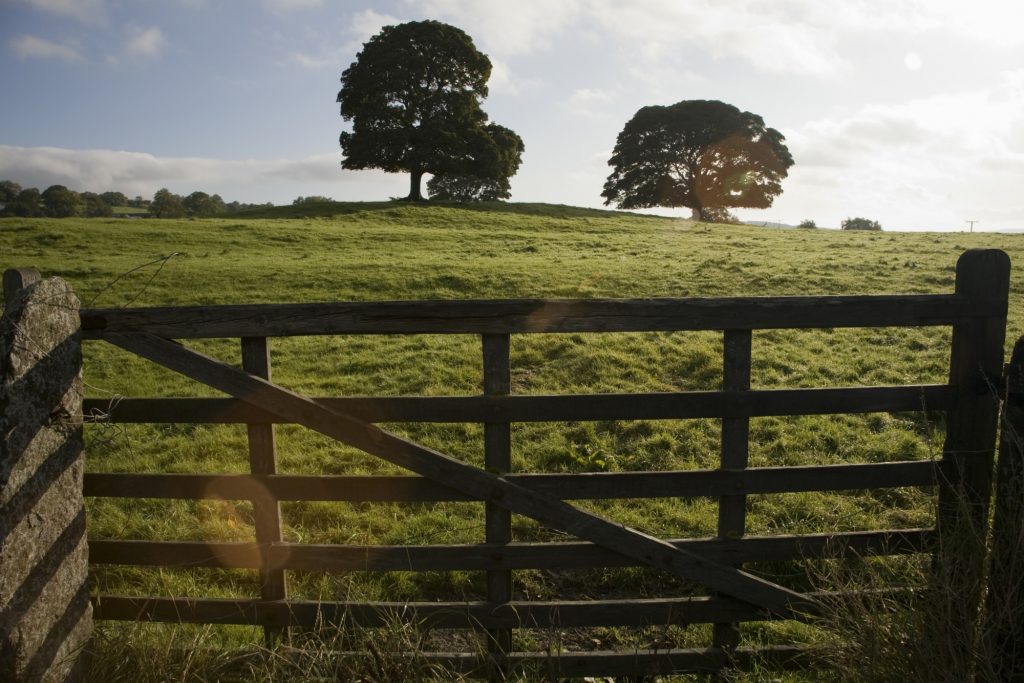Landowners Breaching Restrictive Covenants Under ‘Building Scheme’ Should Beware Of Neighbours’ Rights To Object

Landowners wishing to develop their land in breach of restrictions in their legal title should ensure their land is not part of a ‘building scheme’, or risk their neighbours being able to stop development.
A landowner obtained planning permission to build two additional houses on his land. Neighbours objected, claiming they were entitled to the benefit of a restrictive covenant which stopped the landowner from building more than ‘one or two detached residences’ on his land – because there was a ‘building scheme’. A restrictive covenant imposes a legally binding restriction on the use of land, to preserve the value and enjoyment of neighbouring land.
Under existing law, if plots of land sold off by an original owner are part of a building scheme, and the original owner imposes restrictive covenants on sale of the plots, the restrictions can be enforced by and against the future owners of each plot. Key requirements of a building scheme are:
- the plots were once all owned by an original seller
- the seller laid out the land in plots before selling it
- each sale is subject to restrictive covenants, with the intention that every sale is subject to substantially the same covenants
- the seller intended the restrictions to be for the benefit of all plots
- subsequent owners of the plots bought them on the basis that the covenants benefited the other plots in the building scheme
Both the landowner’s and the neighbouring land had originally formed part of a much larger piece of land belonging to the original seller, who had then sold off plots of that land. At the time of the sales a road had been laid out but no houses had been built on any of the plots. The covenant against building more than one or two detached residences had been included in the sale of 18 of the plots.
The covenants said they were binding on the ‘heirs and assigns’ of both buyers and sellers, but the original seller reserved the right to vary them ‘in so far as regards the other parts of their Estate’. The ‘Estate’ was not defined in the paperwork, but was marked on two plans dating from 1908 and 1914 respectively. However, there were significant differences between the plans.
The landowner applied to modify or discharge the covenant so he could continue with his development. He argued that there was no building scheme because the ‘Estate’ was not sufficiently defined. He also contended that the covenant was only intended to benefit the original seller – there was no proof that the benefit of the covenant was to pass to the current neighbours.
The neighbours argued that the restrictive covenants were consistent with a building scheme, and classic examples of the type of covenant intended to provide mutual benefits between plot owners on the scheme.
The High Court ruled that the ‘Estate’ was sufficiently defined when the original seller first sold plots of land in 1906, despite the differences in the relevant plans. The evidence also showed:
- The estate was initially laid out in plots. This clearly showed the intention that the covenants should be for the common benefit of buyers of all the plots (despite the fact some of the plots were only created a significant time after the initial plotting)
- The covenants imposed on each plot were substantially the same, with no material variations, indicating that they derived from a standard form of contract.
- They had been upheld in previous legal disputes.
- The fact that the original seller had reserved power to vary the covenants was not conclusive evidence that there was no building scheme, it was just one factor to take into account.
The Court therefore ruled that the covenant was intended to be for the common benefit of all future purchasers of the plots previously forming part of the Estate, and the landowner was bound by it. He could not therefore build the two additional homes on his land.
Operative date
- Now
Recommendation
- Landowners wishing to build additional properties on their land should ensure there are no covenants preventing them from doing so under a building scheme, as these may be enforceable by owners of adjoining properties
18 August 2015



